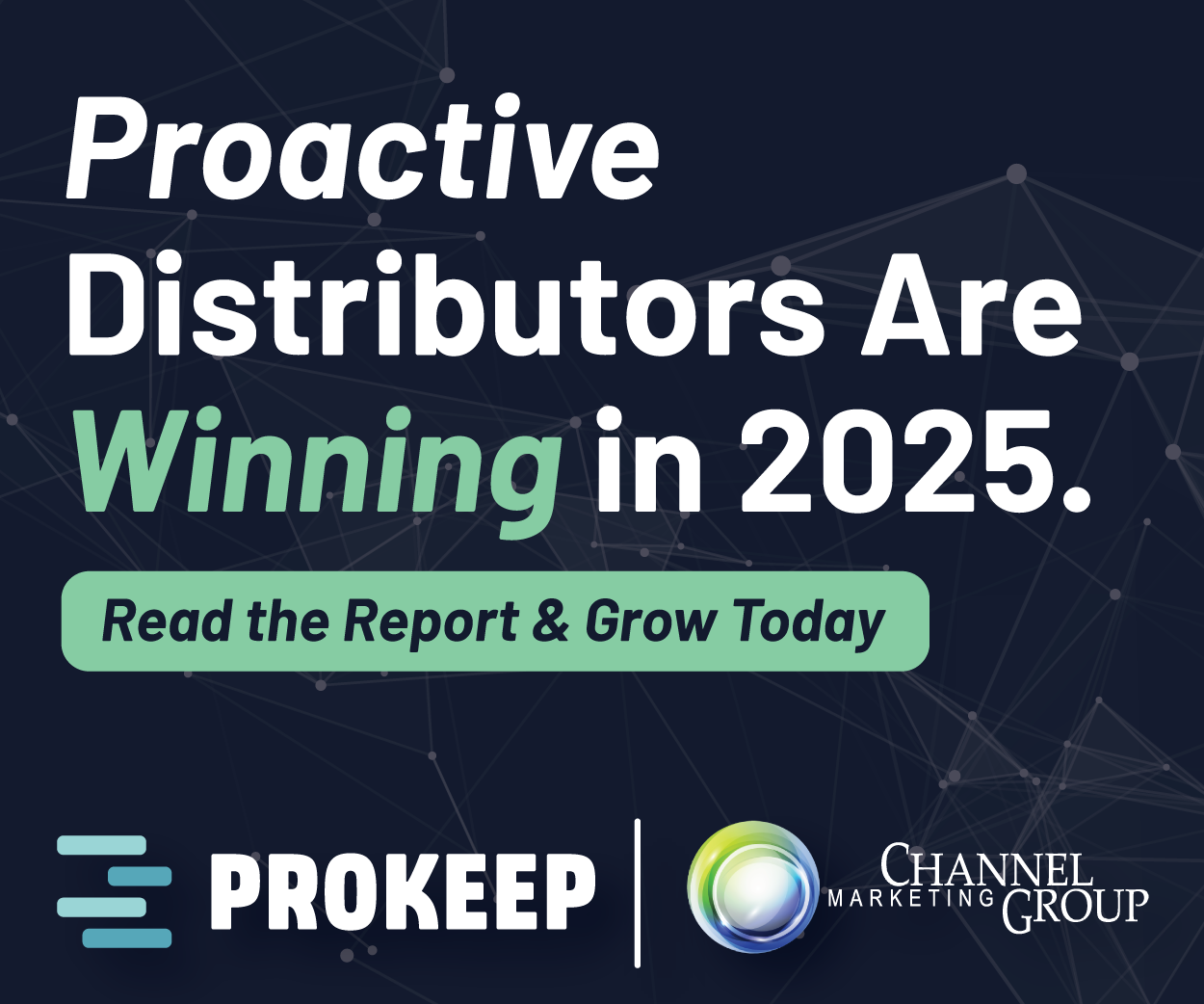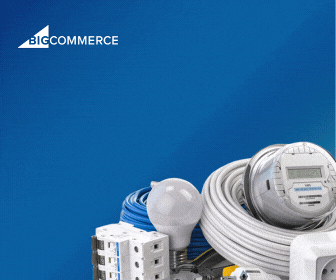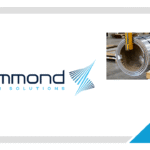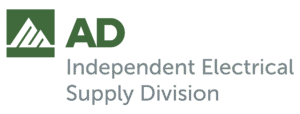Hammond Increase Highlights Need for Tariff Vigilance
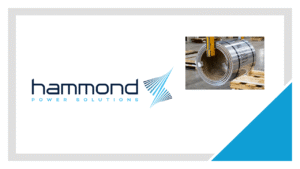 Earlier this month, Hammond Power Solutions shared a press release that reinforced the need for distributors to heed the advice offered from pricing expert Scott Sinning to build strong pricing system methodology to allow for ongoing price changes. As Scott shared, tariffs can be a competitive advantage.
Earlier this month, Hammond Power Solutions shared a press release that reinforced the need for distributors to heed the advice offered from pricing expert Scott Sinning to build strong pricing system methodology to allow for ongoing price changes. As Scott shared, tariffs can be a competitive advantage.
According to the press release issued September 2nd:
“Hammond Power Solutions Inc has determined that the recently expanded U.S. tariffs on steel and aluminum derivative products apply to certain materials and components included in many of the Company’s products.
The Company expects these tariffs to have a relatively uniform impact across its industry and will work collaboratively with its customers and suppliers to manage and offset the effect of these additional costs. Although there may be short-term implications arising from these changes, at this time, the Company does not anticipate that the tariffs will have a material impact on its business.
“While this change in trade policy brings complexity and cost to the industry, we have confidence in our adaptable team and in our strong relationships with our customers and suppliers to navigate these challenges effectively,” said Adrian Thomas, Chief Executive Officer of HPS. “We remain focused on executing our long-term strategy, which includes the continued growth of our market share in in the United States and select global markets.”
The Company will continue to monitor tariff-related developments closely. However, given the fluid nature of international trade dynamics, it does not intend to issue further press releases addressing the impact of tariffs, unless otherwise required by law.”
While many tariffs were “finalized” in August, we know that:
- Negotiations with China continue.
- India had tariffs increased due to their purchases of Russian oil but, presumably this could change in the future due to a change in Indian purchasing of Russian fuel or … because.
- Switzerland is negotiating their 39% tariff, which they had expected to be 10% (I know, not a hotbed of electrical product imports but illustrative.)
- The administration has a penchant for using tariffs as a foreign policy, national security, and economic lever tool.
It’s not a tariff debate but, as distributors, it is important for your pricing processes to be able to quickly implement these changes up or down, as you strategically determine (and it may not hurt to have a discussion with Scott as almost as a “stress test discussion” to see if he can offer advice.
The other aspect of Hammond’s press release that is interesting is Hammond’s role in its product category. While Hammond is a strong supporter of distribution, it also is a strong supplier to other OEMs, some of whom they also compete with. Perhaps they were nicely advising that these OEM customers were also receiving a price increase and, for those it competes against, every product category wants to know if the “market leader” is increasing prices so that they can follow. The term “does not anticipate that the tariffs will have a material impact on its business” reinforces that either supply is very tight, so they will not lose any business, and/or others will have a similar price increase. And the last line of the press release shares that this is its one advance notice to the market. In the future, if there are tariff changes, it will address it with an action, not a press release (again, messaging to competitors?)
In some instances, companies have absorbed “some” of the tariff increase, Hammond is sharing that it is passing the cost along.
Bottom line, stay vigilant as more will be coming. Make sure you can adapt quickly.






